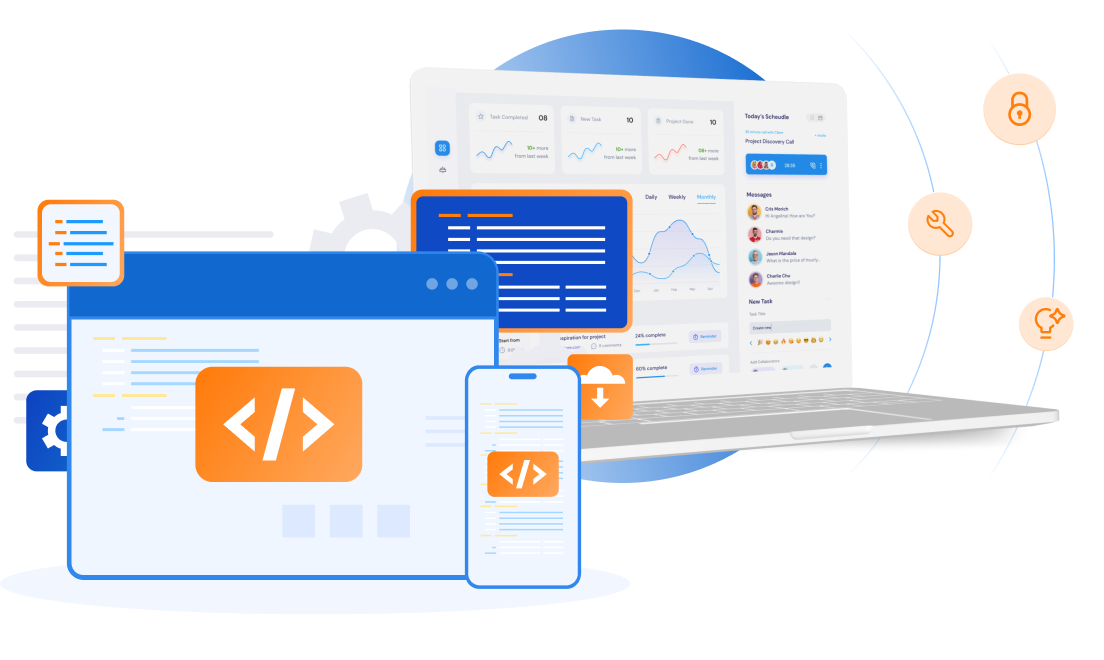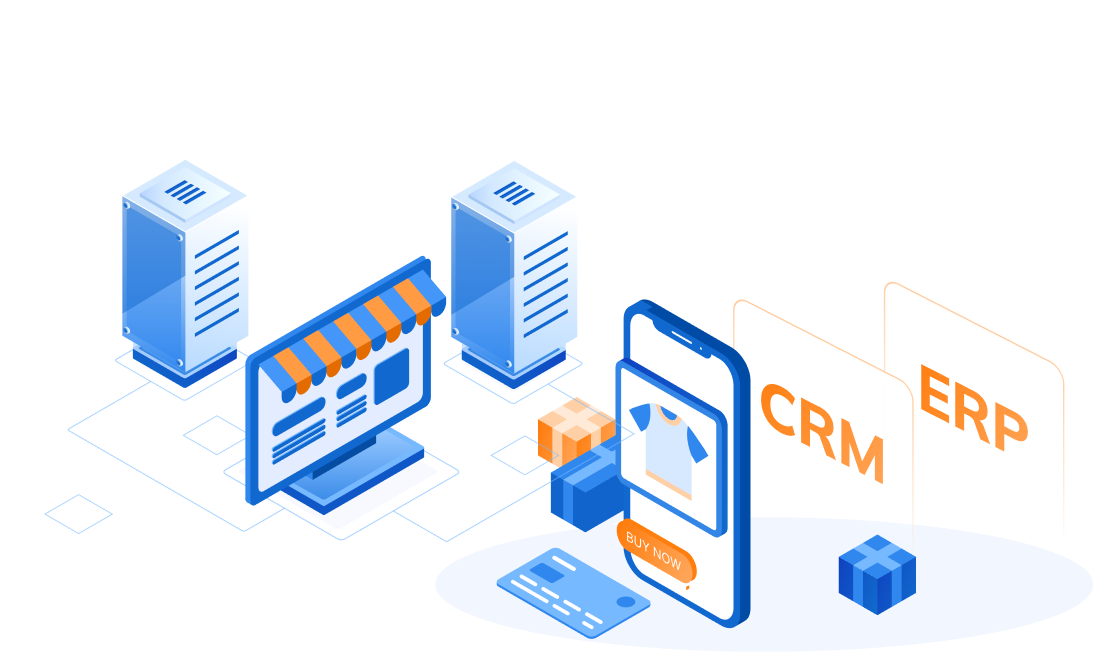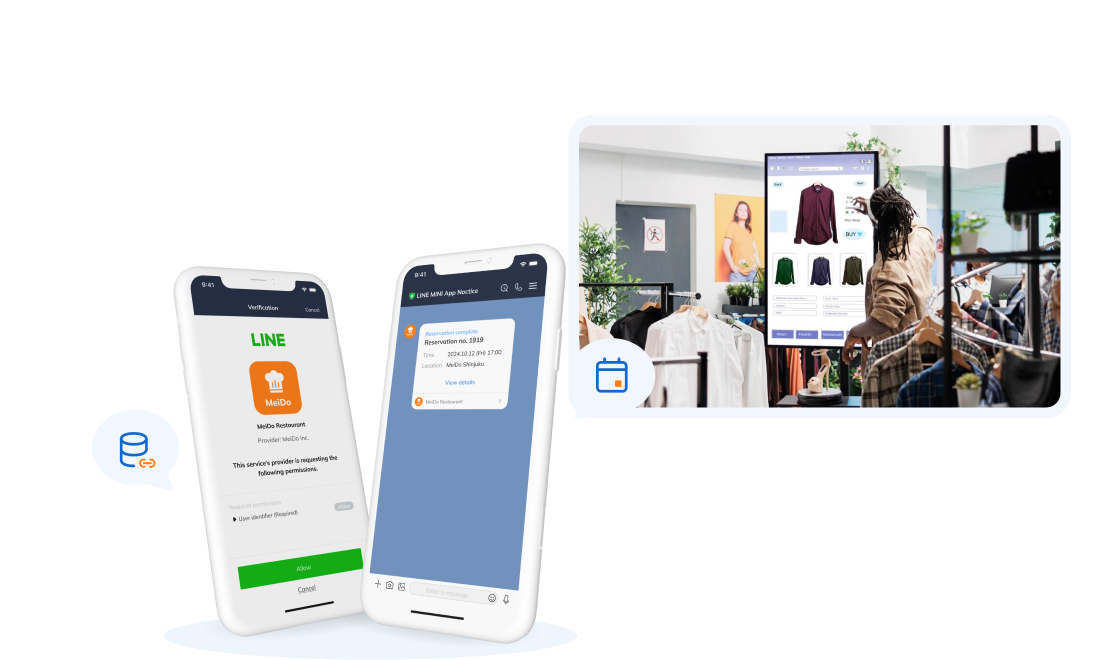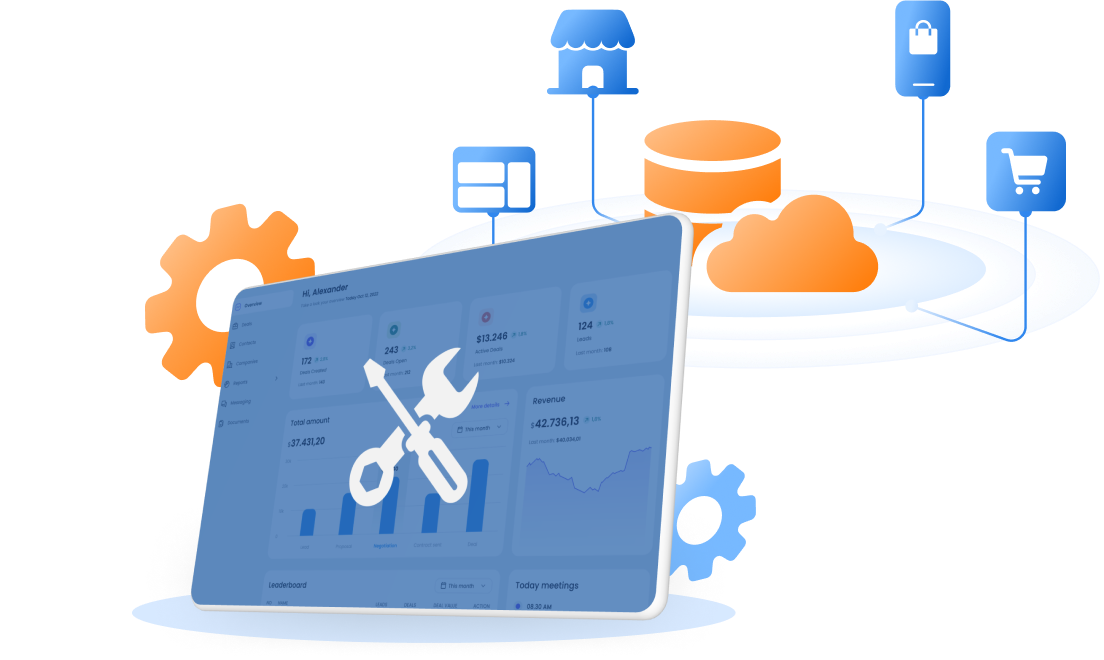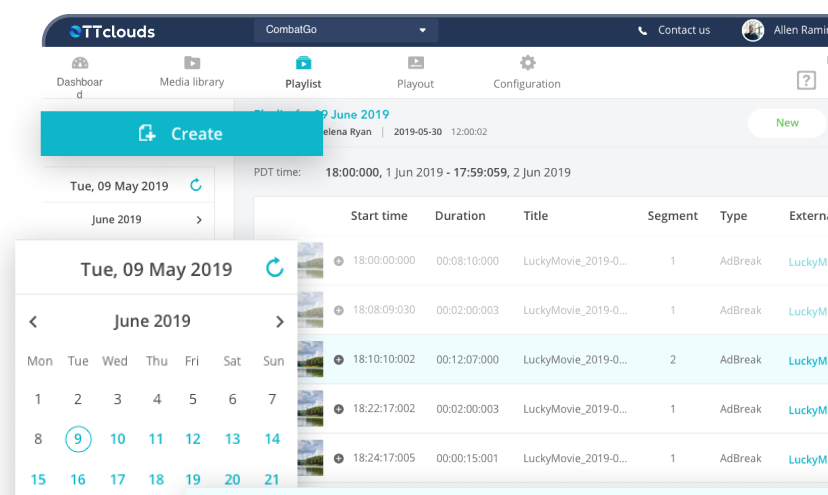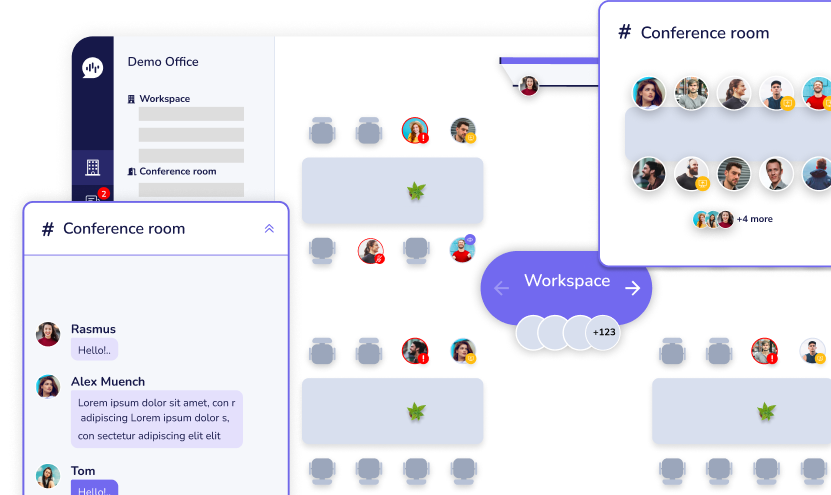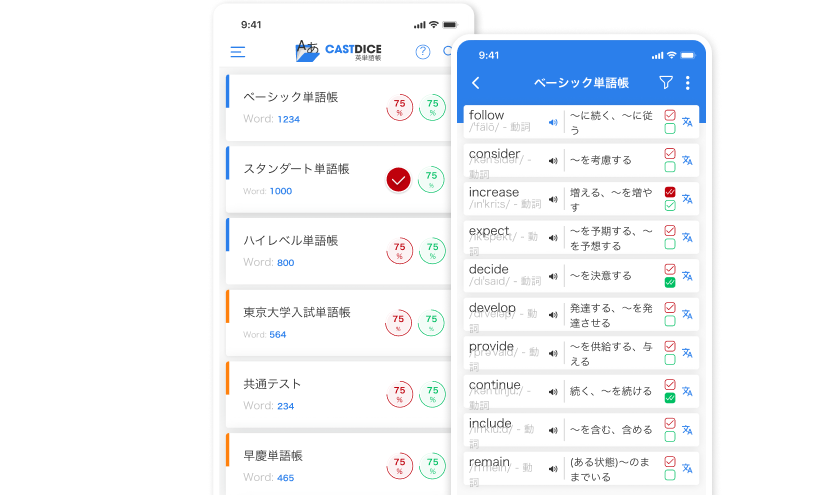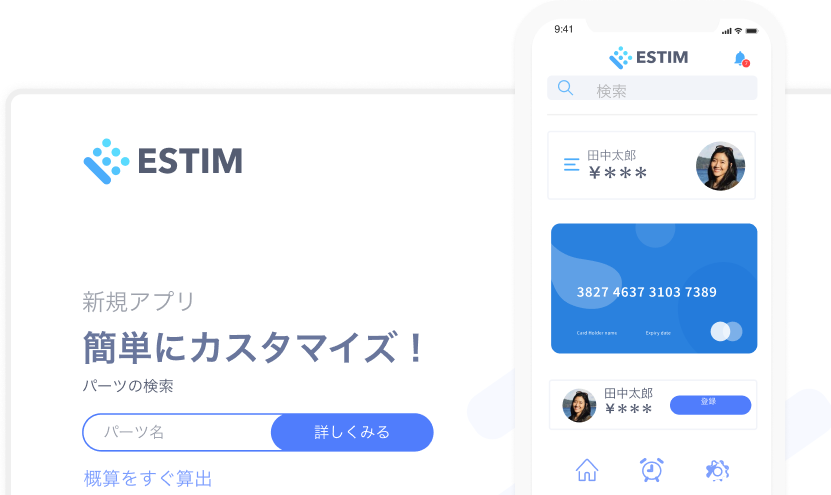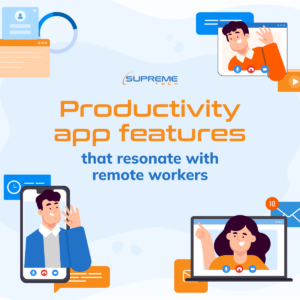Knowledge
+0
Digital Transformation In Business: Adapt To The Digital Age
The impact of digital tools and technology on modern business activities is, without a doubt, significant. The good news is that there are measures businesses can take to boost rewards and minimize risks. This article will describe digital transformation in business, highlight its advantages, and lay out the process that enterprises must follow to prevent disruption. Let’s get started! What is Digital Business Transformation? The following definition is based on the practical demands placed on corporate executives by their investments in digital tools and technology to boost performance. Therefore, digital business transformation is the use of digital technologies and business models to improve performance inside an organization - organizational change. Both obstacles and possibilities are found in organizational changes, which involve people, processes, strategies, structures, and competitive dynamics. And the value through business change would result in speedier innovation, higher productivity, increased process efficiency, and improved customer experiences. Why does Digital Transformation in businesses matter? The idea of why transform is the beginning point for all digital business transformations. Because the transition is difficult, companies must be clear on the reasons for change. Some industries, in fact, face greater urgent pressures than others. According to research, although over half of respondents in the hotel, retail, and media sectors were concerned about going out of business due to digital disruption in the next five years, a similar percentage for respondents in the utilities and oil and gas sectors was less than 30%. A range of factors can drive digital transformation in business. It might come from customers who are more knowledgeable than ever before. Today's consumers are actively looking for better service, lower pricing, and greater levels of quality. Because the transition is difficult, companies must be clear on the reasons for change. Source: Planview New rivals with quality services, better engagement models, or cheaper costs could also serve as motivation for transformation. There are several examples of companies such as Amazon and Google entering new industries and displacing incumbents. However, internal interruption is also possible. Indeed, 65% of respondents in our poll believed that digital disruption would come from within their industry. Emerging technologies that allow new capabilities may also put pressure on change. If embraced first or absorbed and integrated into novel ways, these new technologies might offer areas of competitive distinction. Difference between Digitization, Digitalization, and Digital Transformation Simply defined, digitization is the process of digitizing information. Information visually perceived or written on paper is coded with 0 and 1 and electronically captured as digital information so that computers may readily process it. Digitization makes data processing easier. It's about the need for "sensing," or data collection. Digitalization is the process of using digital technology to increase the extent of automation in operations. Digitalization entails changing supply chain linkages, enhancing workflows and procedures, and using knowledge and information rather than "simply data." It is discussed in relation to the digital tools and competencies required to achieve operational excellence. Difference between digitization, digitalization, and digital transformation Source: NMSConculsting Beyond digitization, digital transformation involves a thorough shift in a company's business strategy. That organization may launch a single project as part of its digitalization attempt, but a project with the purpose of digital transformation will result in change throughout all departments. Digital transformation is defined as the new application of digital technology to advance corporate strategy. It is about using digital technology to empower people, improve processes, and automate systems in order to drastically realign the organization's business performance. Want to create something new but don't know where to start? ESTIM can assist you in quickly creating a new application. Unlocking the "How" of Digital Business Transformation Step 1: The matters of leaders Because technology is a means to an end, it is all about leaders, leadership, and people. Those executives must comprehend how technology will affect their organizations; how to truly consider a 24x7 link to all of their goods, customers, assets, and people; and how all of this will alter the competitive environment. Leaders will need to create their own vision, convey it internally, beginning with their change agents, and embark on the path. And it is critical to recognize that there is no single approach to digital transformation in business. Step 2: Drive culture transformation by implementing effective change management As the term "Industry 4.0" implies, what is happening in the industry today is nothing short of a revolution. A revolution necessitates a cultural shift throughout the company. This idea of becoming a "digital" firm will inform and transform how a company makes choices, engages consumers, controls its supply chain, innovates, produces, manufactures, and so on. Step 3: Connect customers, products, assets, and people Organizations must comprehend that, unlike in the past, the product they supply to clients will now be connected to their organization 24x7. This will allow them to understand what is happening with that product in terms of which features are being used, how the product is functioning, and much more. Furthermore, enterprises may connect to their customers and their customers' environments 24x7, not just through customer systems but also through social listening or IoT. Connections to all assets in the production environment, from the supply chain to the field, as well as employees themselves, are also required. All of these things are simultaneously connected in some way. Connections to all assets in the production environment, from the supply chain to the field, as well as employees themselves, are also required Source: Tweak Your Biz Step 4: Implement a data culture Connecting all of the above—products, customers, assets, and people—will result in massive volumes of data. As a result, you want a platform, or business station digital solutions, that allows you to securely ingest, aggregate, cleanse, and store data, as well as mesh it with other sources of structured and unstructured data in order to execute analytics on it. The possibility to remove technical dependencies and let data scientists conduct data science will then be available, allowing organizations to gain insights fast and simply. Step 5: Try things and fail fast In the current digital era, experimentation occurs in cycles that are at least monthly, so now is the "learn quickly" or "fail fast" age. Businesses must identify the use case, obtain the data, comprehend its contents, obtain insights and intelligence, learn from it, and act on it. If it doesn't work, go on to the next cycle and the use case. If it functions, learn how to replicate it or improve upon it. Due to the rapid pace of change in the digital age, these experimental, brief cycles of transformation are extremely important. It ultimately comes down to either disrupting or embracing early and staying ahead of the curve. In conclusion Digital transformation in business is a broad term that encompasses a wide range of components that, when put together, define how an organization handles interactions with customers and clients, how it uses internal tools and controls employee interactions, and eventually, how this new digital framework is supported technically. However, the financial aspect isn't the fundamental obstacle for any organization going through a digital transition. The change eventually lowers operating expenses if done correctly. Instead, the cultural transformation will continue to be the primary force behind digital transformation in business, from utilizing new technologies to developing a completely different way of communicating between management and staff. If you are planning to take your business to the next level with the employment of digital transformation in business, don’t hesitate to contact us today. With years in working with clients in different sectors, SupremeTech will understand your specific needs and create the best solution for your own business!
15/02/2023
2.72k


